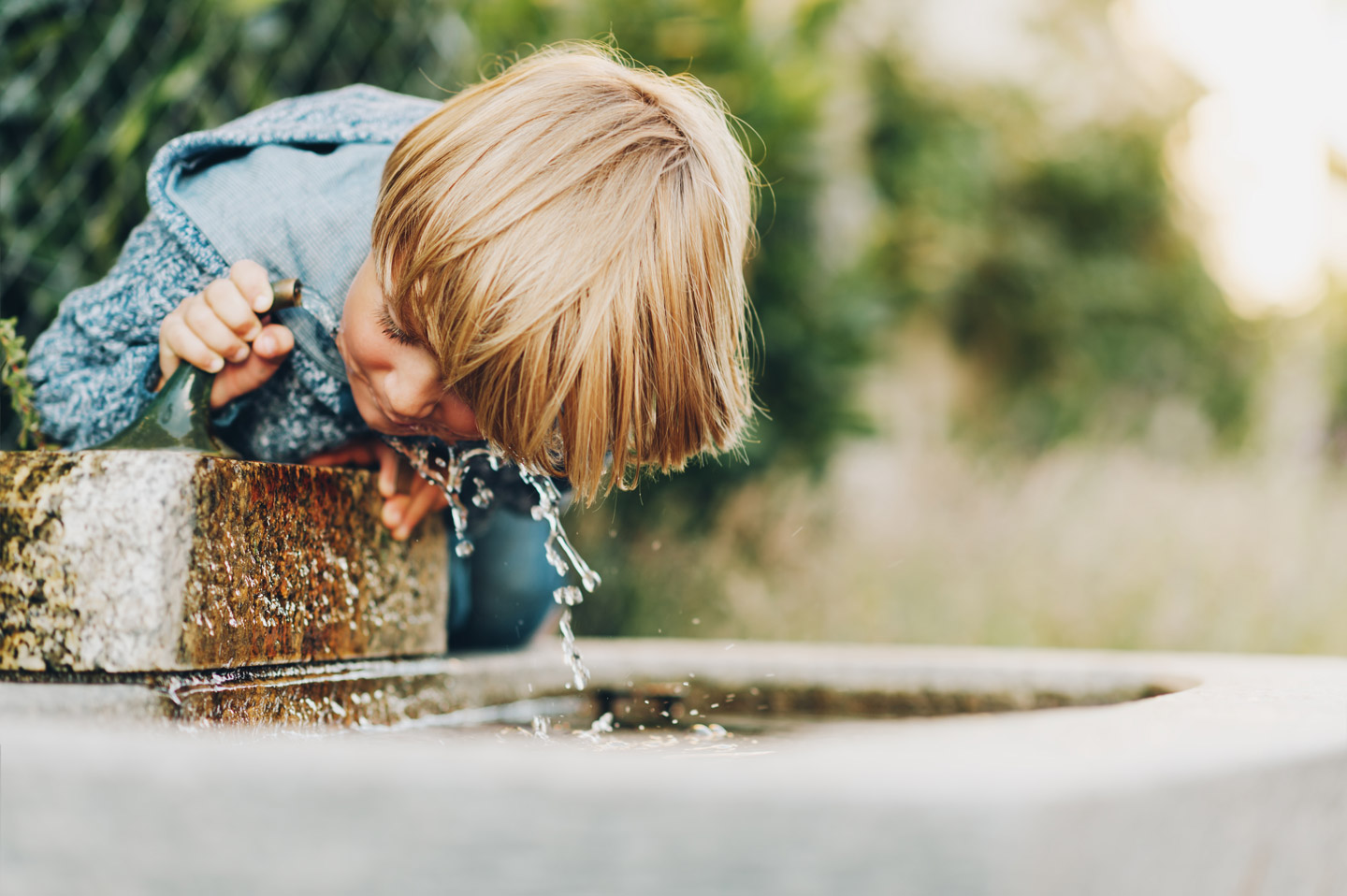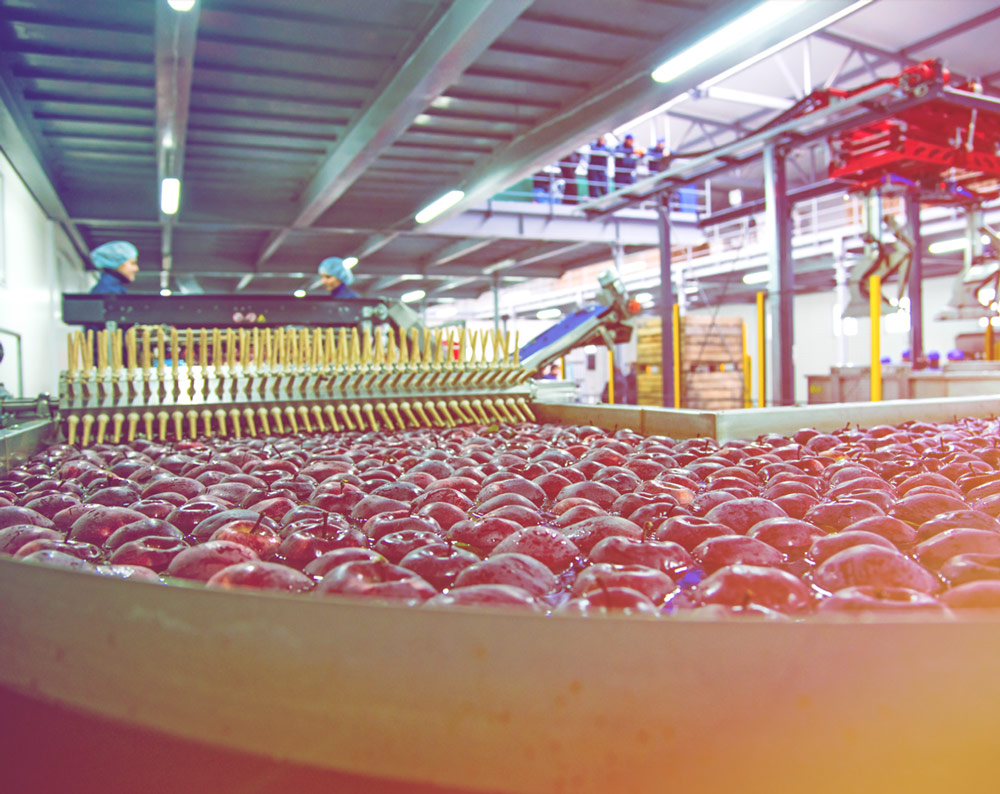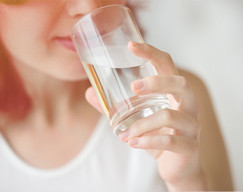Monochloramine effects: no disinfcetion by-products
Is proved by scientific studies that monochloramine is the best solution for by-products disinfection
Monochloramine as disinfectant by municipal water
As of right now, approximately 50% of the people living in the United States receive water with monochloramine in it from the public water supply (PWS).
Monochloramine has been used as a secondary disinfectant by municipal water disinfection plants since the first half of 1900. Monochloramine is widely used in Europe, UK and Australia.
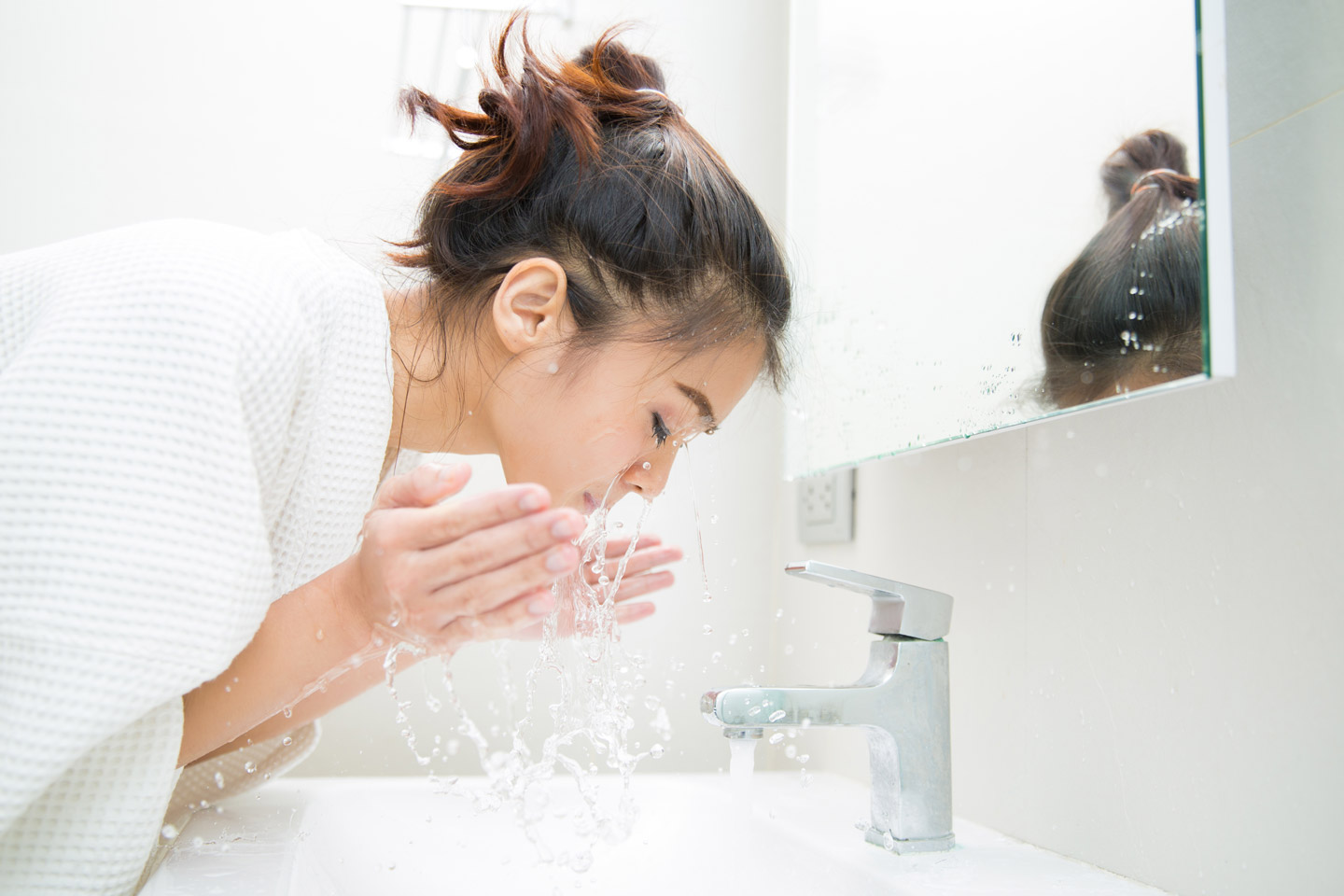
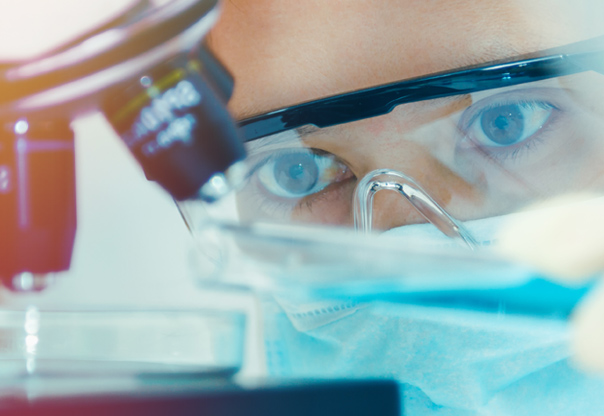
Monochloramine is the best solution, no disinfection By-products in water
Thanks to the monochloramine stability, it is easier to carry water with a consistent monochloramine residual from the point of entry of the water distribution system all the way to the point of entry of the buildings.
This task would be much harder if not impossible when using regular chlorine. Chlorine is much more reactive and unstable than monochloramine and therefore the concentration in the water would decay much faster, leaving the buildings and the buildings’ occupants at risk from waterborne pathogens infections.
No By-product, no surprise with SANIKILL
Because of its high reactivity, chlorine does not only decay faster overtime, but it also reacts with organic molecules that are naturally present in drinking water. When chlorine reacts with the organics that are in the water it produces harmful regulated disinfection by products called tri-halo-methane (THMs) and halo-acetic-acids (HAA5).
The main reason why more and more cities throughout the United States are switching from regular chlorine to monochloramine is because of its unparalleled stability. Great stability means consistent and uniform residuals in the distribution system and no disinfection by products compliance issues.
